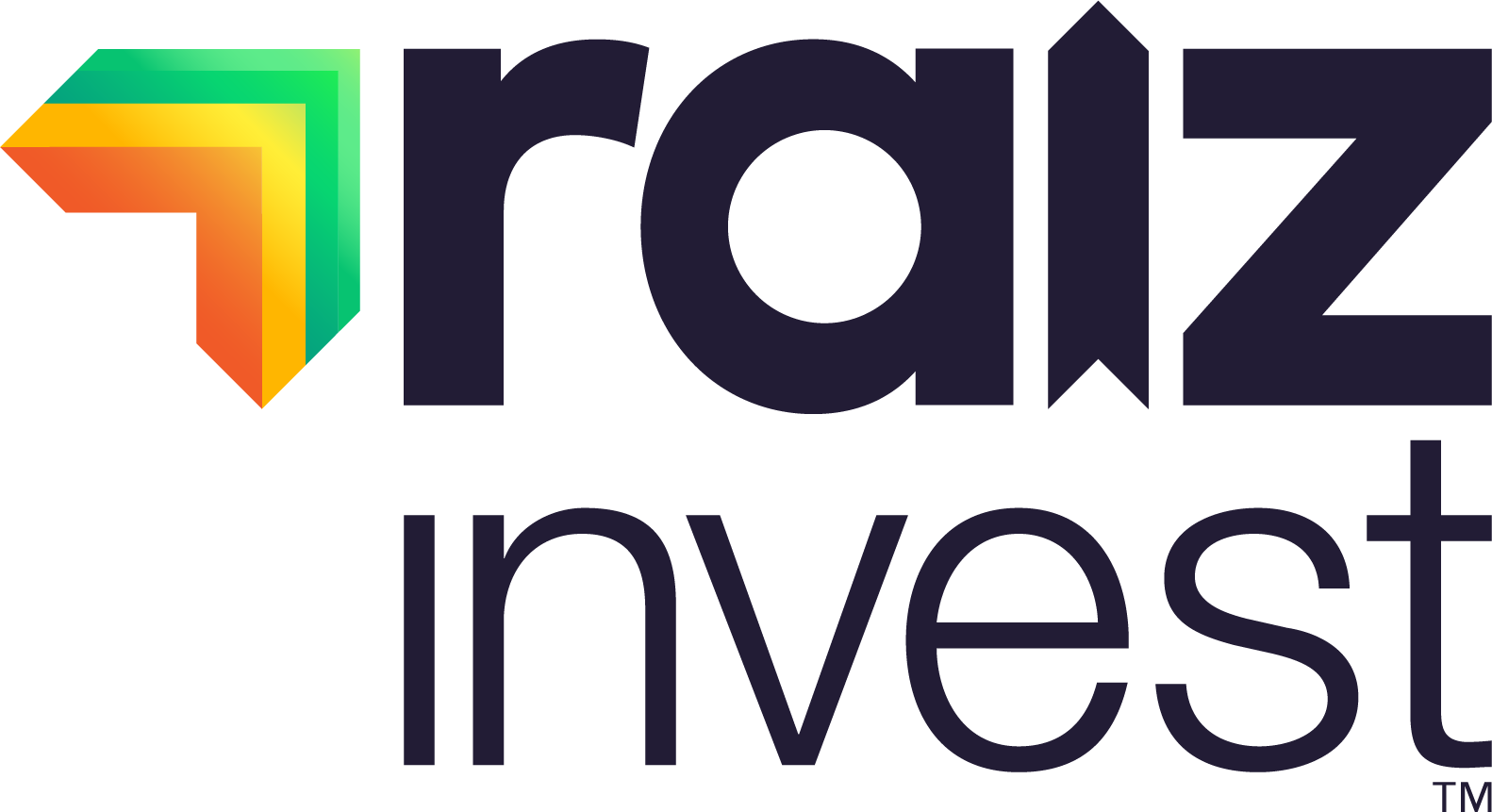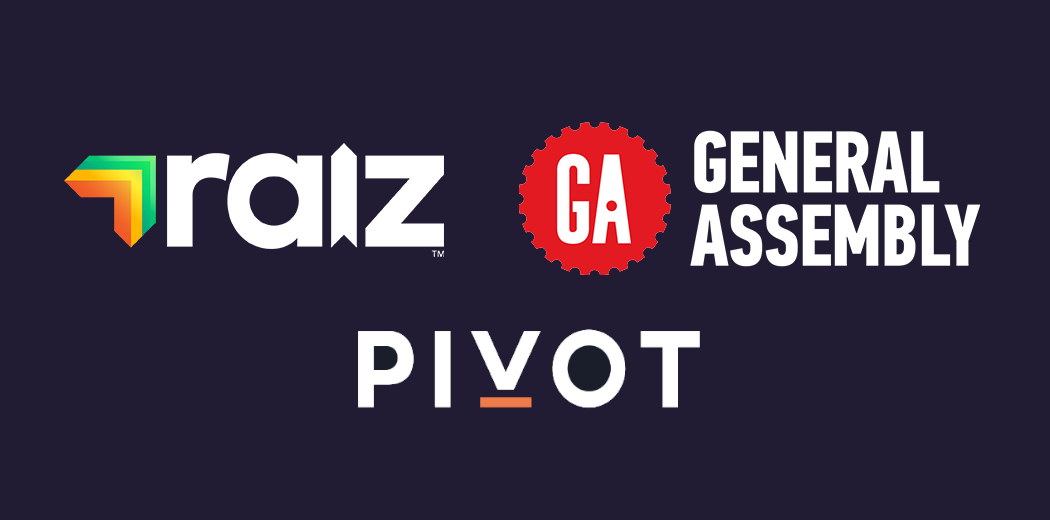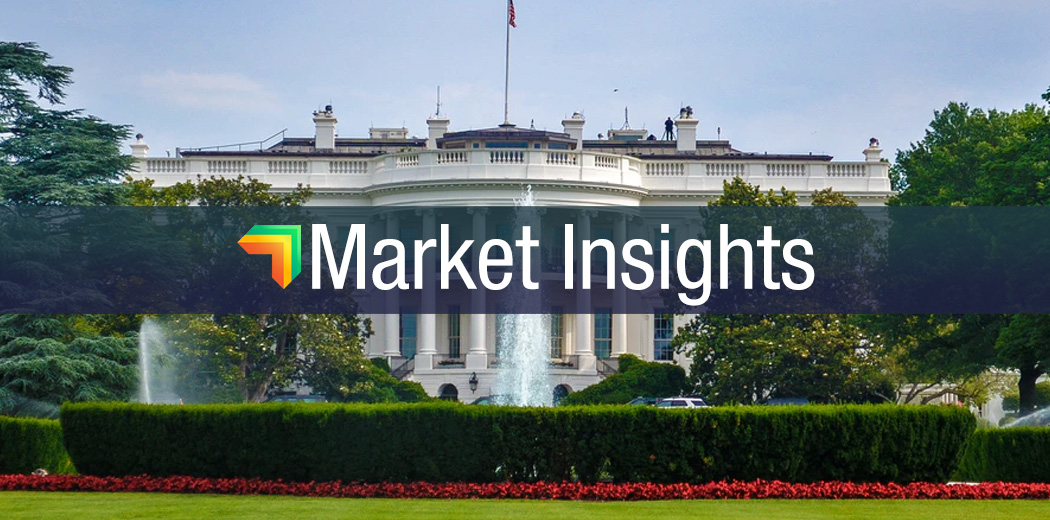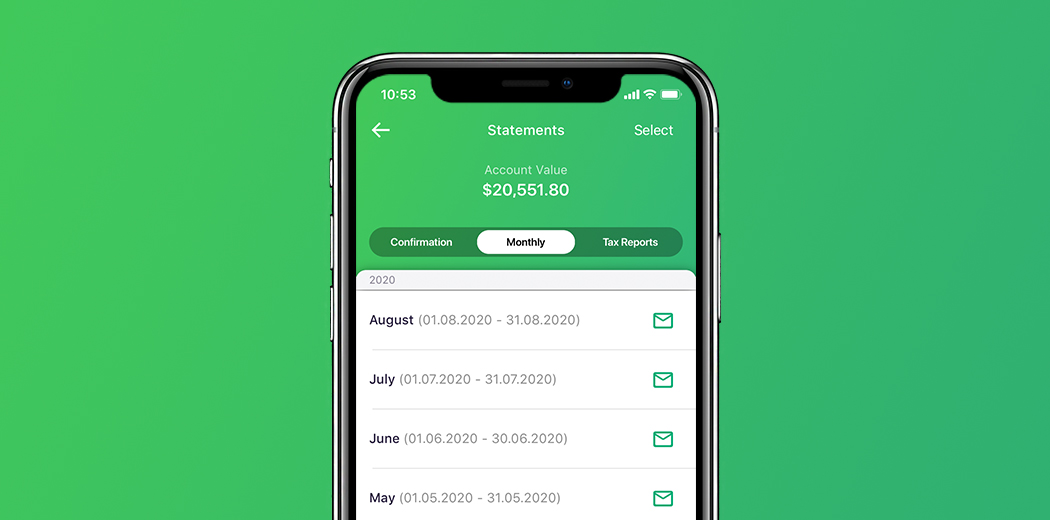
While most of us cannot access the seven wonders of the World in the immediate future, we can still access the eighth wonder of the world, compound interest. This is according to Albert Einstein, who said (allegedly) “Compound interest is the 8th wonder of the world. He who understands it, earns it; he who doesn’t, pays it.”












